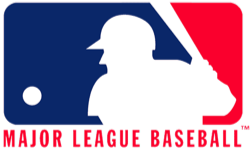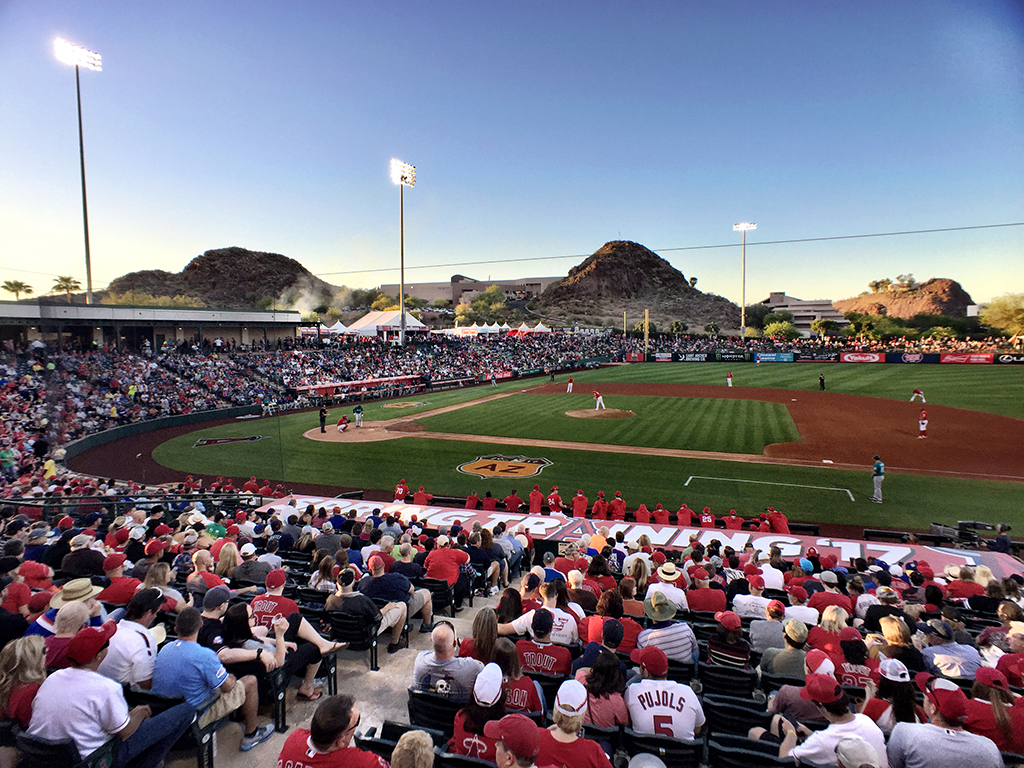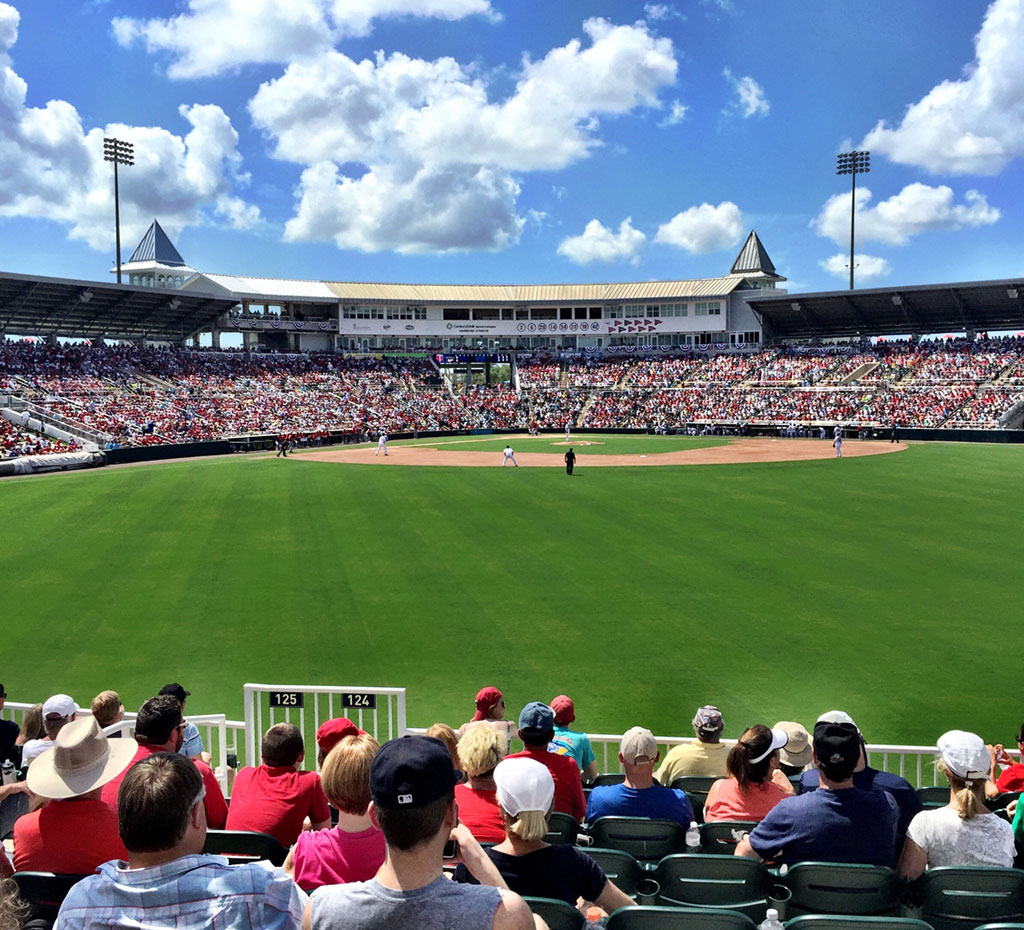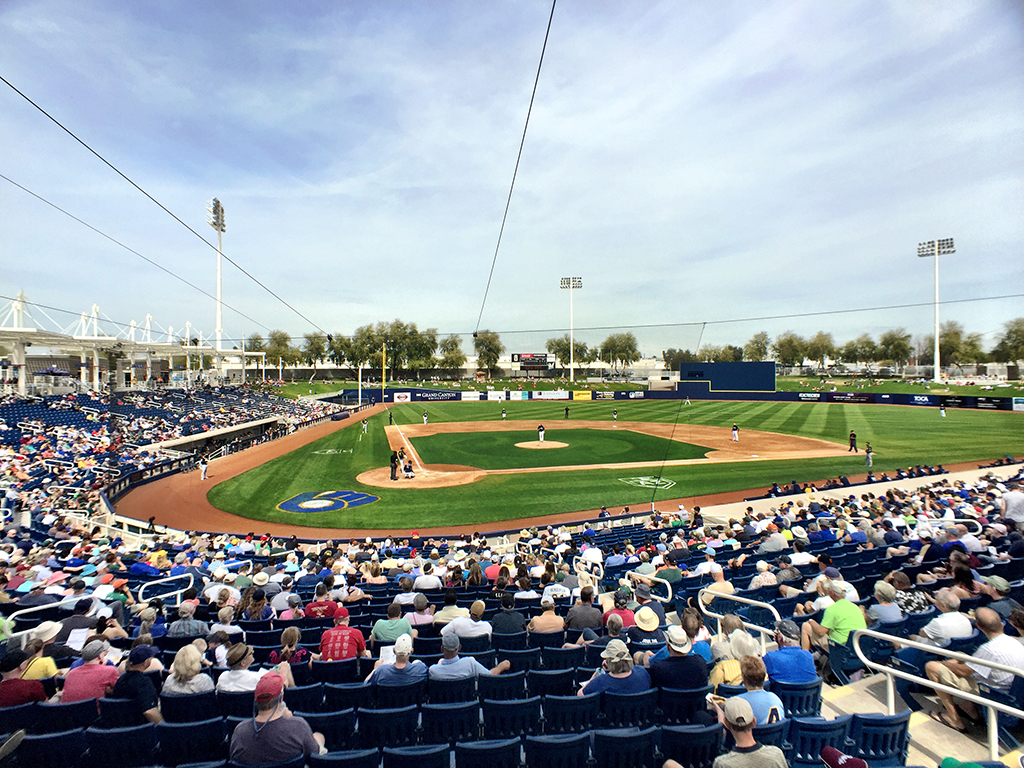 The backbone of any successful MLB franchise is a successful player-development system. And these days successful player development means strong MiLB and spring-training facilities. We rank MLB organizations by the quality of their player-development facilities, today through next Wednesday.
The backbone of any successful MLB franchise is a successful player-development system. And these days successful player development means strong MiLB and spring-training facilities. We rank MLB organizations by the quality of their player-development facilities, today through next Wednesday.
There are teams with some definite player-development philosophies, like the Atlanta Braves, who prefer owning and operating their affiliates, and the Chicago White Sox, who centralize affiliates for the most part in North Carolina and the South. Others, it seems, don’t have much of a philosophical bent and evaluate each affiliate separately. We know every MLB team wants the perfect player-development system, but perfection is hard to achieve. Hence these ratings, new for 2018.
No black-box methodology here. We asked former GMs, broadcasters past and present, and journalists with expertise in specific leagues to rank facilities based on four criteria: player facilities, fan experience, proximity and stability. Player facilities include clubhouses, workout spaces, quality of batting/pitching cages, meeting spaces and cafeteria/nutritional services. The fan experience covers the physical condition of the ballpark, concessions and in-game entertainment. Proximity covers to what extent players are shuffled around; being closer to the MLB parent and other MiLB affiliates is always a good thing. Finally, stability covers the length of the current affiliation deal and expectations of the future. We cover every level of MiLB affiliation (including MiLB teams owned by the parent), as well as spring-training facilities. Spring complexes are increasingly used as year-round facilities: after spring training ends, complexes are used for rehabs, extended-spring workouts and potentially MiLB play, as well as hosting Rookie-league games.
Each level of play was assigned a potential score in each category, with AAA and spring-training facilities receiving the highest number of potential points, decreasing by level of play. There are two teams with two Rookie-level affiliates—the Reds and the Royals—and that commitment to development is reflected in the scores. We asked our experts to limit their responses to ballparks and spring facilities they’ve actually visited, and their responses are reported here in aggregated form. No single opinion dominates any ranking, as multiple feedbacks are reflected in every instance.
As noted, we present the rankings from bottom to top, with daily stories through next Wednesday.
30. Washington Nationals
Strengths: Proximity, stability Weaknesses: Player facilities, fan experience
The Nationals have kept their affiliates close, little has changed within their farm system over the years, and 2017’s opening of FITTEAM Ballpark of the Palm Beaches improved their spring training situation. That said, the system is lowered in the rankings by a few major issues. Both the Hagerstown Suns (Low A; Sally League) and Potomac Nationals (High A; Carolina League) have been seeking new ballparks for years, but neither franchise has been successful thus far. Meanwhile, the New York Mets’ recent purchase of the Syracuse Chiefs (Class AAA; International League) all but assures that the team will not remain the Nationals’ Triple-A affiliate beyond 2018, leaving questions about where the Nationals will place their top farm team in 2019.
| Level | Player Facilities | Fan Experience | Proximity | Stability | Potential |
| AAA (Syracuse Chiefs) | 7 | 6 | 7 | 1 | 10 |
| AA (Harrisburg Senators) | 6 | 7 | 8 | 7 | 9 |
| High A (Potomac Nationals) | 3 | 2 | 8 | 7 | 8 |
| Low A (Hagerstown Suns) | 2 | 3 | 6 | 6 | 7 |
| SSA (Auburn Doubledays) | 2 | 2 | 3 | 3 | 4 |
| Spring Training | 8 | 7 | 6 | 7 | 8 |
| TOTALS | 28 | 27 | 38 | 31 | 46 |
| TOTAL SCORE: | 124 |
29. Los Angeles Angels
Strengths: Stability, proximity Weaknesses: Player facilities, fan experience
The Angels are blessed with a top-rate Triple-A affiliate, the Salt Lake Bees (Class AAA; Pacific Coast League), who generate high scores in player facilities, proximity and fan experience. But with a spring-training camp in sore need of upgrades (which, we hear, are under discussion) and some weak facilities at Class AA (where the Mobile BayBears are on the move), Low A and Rookie ball, the franchise’s overall score is near the bottom of our rankings.
| Level | Player Facilites | Fan Experience | Proximity | Stability | Potential |
| AAA (Salt Lake Bees) | 8 | 9 | 8 | 10 | 10 |
| AA (Mobile BayBears) | 4 | 3 | 4 | 2 | 9 |
| High A (Inland Emp. 66ers) | 6 | 5 | 7 | 7 | 8 |
| Low A (Burlington Bees) | 4 | 4 | 4 | 4 | 7 |
| Rookie (Orem Owlz) | 3 | 2 | 3 | 3 | 4 |
| ST | 7 | 7 | 7 | 8 | 8 |
| TOTALS: | 32 | 30 | 33 | 34 | 46 |
| TOTAL SCORE | 129 |
28. Oakland Athletics
Strengths: Stability Weaknesses Player facilities, fan experience
Like the Angels, the Oakland Athletics are blessed with a great top affiliate, the Nashville Sounds (Class AAA; Pacific Coast League), playing at a state-of-the-art ballpark with outstanding player facilities and a top-notch fan experience. And the team’s relatively new Lew Wolff Training Complex in Mesa is outstanding as well, while the facilities hosted by the Midland Rockhounds (Class AA; Texas League) and the Stockton Ports (High A; California League) are certainly above average. But the rest of the system drags down the high scores posted by higher affiliates. It’s no secret the Beloit Snappers (Low A; Midwest League) need some TLC and that Pohlman Field really should not be hosting professional baseball in its present shape.
| Level | Player Facilities | Fan Experience | Proximity | Stability | Potential |
| AAA (Nashville Sounds) | 9 | 9 | 6 | 9 | 10 |
| AA (Midland Rockhounds) | 5 | 4 | 6 | 7 | 9 |
| High A (Stockton Ports) | 6 | 7 | 8 | 8 | 8 |
| Low A (Beloit Snappers) | 2 | 2 | 3 | 2 | 7 |
| SSA (Vermont Lake Monsters) | 2 | 2 | 2 | 3 | 4 |
| Spring Training | 7 | 7 | 7 | 8 | 8 |
| TOTALS | 31 | 31 | 32 | 37 | 46 |
| TOTAL SCORE: | 131 |
27. Minnesota Twins
Strengths: Stability Weaknesses: Fan experience, proximity
While recent renovations to Hammond Stadium gave the organization a solid spring training and High-A facility, there is not another standout ballpark in the system. In fact, a few teams are in something of a transition when it comes to their home venues—the Chattanooga Lookouts (Class AA; Southern League) are actively seeking a new ballpark, while discussions about upgrading Joe O’Brien Field for the Elizabethton Twins (Rookie; Appalachian League) continue to unfold. Many of the current farm teams have been in the system for years—the Lookouts, joining in 2015, are by far the most recent addition—but the Twins’ affiliates are spread out geographically.
| Level | Player Facilities | Fan Experience | Proximity | Stability | Potential |
| AAA (Rochester Red Wings) | 7 | 6 | 4 | 8 | 10 |
| AA (Chattanooga Lookouts) | 4 | 4 | 3 | 6 | 9 |
| High A (Fort Myers Miracle) | 8 | 6 | 6 | 8 | 8 |
| Low A (Cedar Rapids Kernels) | 4 | 6 | 7 | 7 | 7 |
| Rookie (Elizabethon Twins) | 2 | 1 | 1 | 4 | 4 |
| Spring Training | 8 | 8 | 6 | 8 | 8 |
| TOTALS | 33 | 31 | 27 | 41 | 46 |
| TOTAL SCORE: | 132 |
26. Milwaukee Brewers
Strengths: Stability Weaknesses: Proximity
The Milwaukee Brewers have a very scattered farm system, with affiliates ranging from the Colorado Springs Sky Sox (Class AAA; Pacific Coast) and Helena Brewers (Rookie; Pioneer League) to the west and the Carolina Mudcats (High A; Carolina League) to the east. This score will change when we update in a year, as the team is embarking on a significant project to upgrade Maryvale Baseball Park, a change in a Triple-A affiliate is likely, and the location of a Rookie team will change from Helena to Colorado Springs. It’s very possible the team’s scores will tank in stability and rise dramatically in fan experience and player facilities.
| Level | Player Facilities | Fan Experience | Proximity | Stability | Potential |
| AAA (Col. Springs Sky Sox) | 7 | 7 | 6 | 3 | 10 |
| AA (Biloxi Shuckers) | 9 | 8 | 7 | 8 | 9 |
| High A (Carolina Mudcats) | 6 | 5 | 5 | 8 | 8 |
| Low A (WI Timber Rattlers) | 5 | 6 | 7 | 7 | 7 |
| Rookie (Helena Brewers) | 2 | 3 | 2 | 2 | 4 |
| Spring Training | 5 | 5 | 6 | 7 | 8 |
| TOTALS | 34 | 34 | 33 | 35 | 46 |
| TOTAL SCORE: | 136 |
25. Seattle Mariners
Strengths: Stability, proximity Weaknesses: Player facilities, fan experience
With a Triple-A affiliate in the same market in the form of the Tacoma Rainiers (Pacific Coast League) and a Double-A affiliate, the Arkansas Travelers (Texas League) operating out of a lovely and functional ballpark, the Mariners have a solid base for player development. But some lower scores generated by the team’s High A, Low A and Short Season A affiliates lower the team’s overall rankings.
| Level | Player Facilities | Fan Experience | Proximity | Stability | Potential |
| AAA (Tacoma Rainiers) | 8 | 8 | 10 | 10 | 10 |
| AA (Arkansas Travelers) | 6 | 6 | 5 | 6 | 9 |
| High A (Modesto Nuts) | 5 | 4 | 5 | 6 | 8 |
| Low A (Clinton Lumberkings) | 3 | 3 | 4 | 4 | `7 |
| SSA (Everett AquaSox) | 3 | 3 | 4 | 4 | 4 |
| Spring Training | 8 | 7 | 7 | 8 | 8 |
| TOTALS | 33 | 31 | 35 | 38 | 46 |
| TOTAL SCORE: | 137 |






